Photos: Spiritual, Pre-Columbian Cave Art Uncovered
Encounters with Europeans
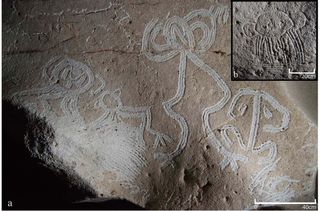
Cave art in Puerto Rico’s Mona Island shows evidence of two worlds colliding: Intricate indigenous carvdin gs were recently discovered alongside 16th-century European graffiti and Christian symbols. [Read the full story here]
Finger-fluting

These indigenous carvings, which predate the arrival of Europeans, were made by people dragging their fingers or tools across the surfaces of the soft limestone caves. Such art is found in many of the caverns below Mona Island.
Spiritual spaces
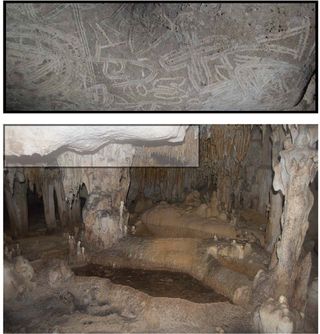
Caves held spiritual importance in many cultures of the Americas. These images would have flickered under lamplight and reflected off of pools of water. [Read the full story here]
European contact
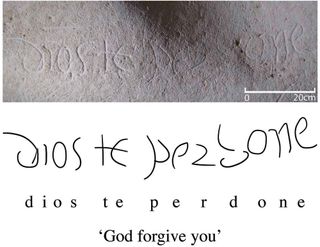
Columbus stopped at Mona Island during his 1494 voyage, and with the arrival of Europeans came Christianity. Archaeologists discovered that one cave on the south coast of the island is full of European markings, such as this common Christian petition, which was found on a ceiling.
Jesus was here
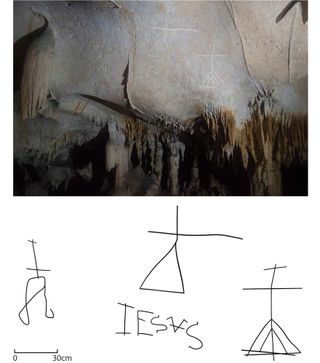
The same cave also has the name Jesus was inscribed under a Calvary cross.
Colonial graffiti
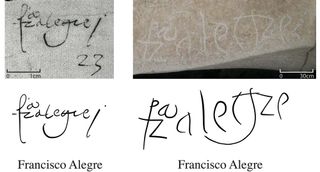
Francisco Alegre, a 16th century royal official of Puerto Rico from Spain, inscribed his name on the cave wall. For comparison, his signature can been seen on a manuscript at left.
Worldviews collide
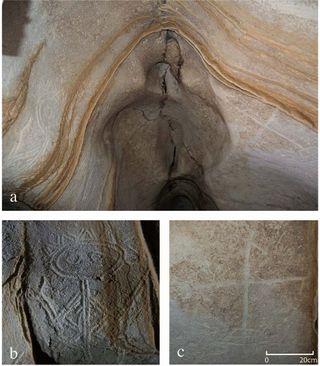
In one niche of the cave, an indigenous ancestral figure is directly facing a cross. [Read the full story here]
Sign up for the Live Science daily newsletter now
Get the world’s most fascinating discoveries delivered straight to your inbox.











